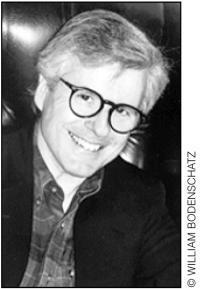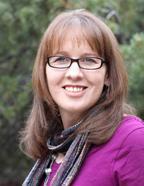I didn't want to write this book; I just wanted someone to write it. The whole thing started with a lovely $30 lunch paid for by a well-known editor who was interested in my ideas about welfare reform. How are all these former welfare moms supposed to support themselves and their children on the wages available to entry-level workers? Someone, I suggested maybe because I was already deep into my second Pellegrino ought to do the old-fashioned kind of journalism and get out there and try it for themselves. Great idea, was his response: How about you?
I put the project off as long as I decently could. After all, my idea of research is a nice long day in a library supplemented with a few Starbucks breaks. Nothing, that is, involving my physical self. But with this project, I needed every single muscle I had ever nurtured on a Nautilus machine. In short order, just by taking whatever job I could find in the help-wanted ads, I became a waitress, a hotel housekeeper, a nursing home aide, a house cleaner, a Wal-Mart "associate." I ran, I lifted, I sorted, I crawled around on my hands and knees scrubbing the crud off of toilets and floors.
At first I was vain enough to fear that someone would recognize my name: "Not the Barbara Ehrenreich, the author and essayist!" No one ever did; in fact, once hired, I seldom had a name at all, other than "girl," "babe" or, at best, "Barb." I had also worried about appearing too articulate or educated for the jobs I applied for (although on application forms I slimmed down my resume to "divorced homemaker returning to workforce.") Again, no danger: The only question most employers had for me was: When can you start?
Any fears of appearing "over-qualified" were similarly banished on the first day of work. You think waitressing is "unskilled" labor? Try handling five tables while struggling to master the computerized ordering system and finesse the ever-delicate waitperson/cook relationship. You think only morons take those $7 an hour Wal-Mart jobs keeping the stock organized? Try memorizing the locations of several hundred clothing items (e.g., "White Stag clamdiggers with front pleats") only to see those locations cunningly switched around every three or four days. Even housecleaning, which I have a lifetime's experience in, has been transformed into a science by the nationwide cleaning chain I worked for: Mentally divide each room into sections no wider than your arm's reach, proceed from left to right and from top to bottom within each section and around each room, leave all jars and shampoo bottles with their labels facing outwards.
Not to complain or anything, but the whole thing did serve as an exercise in vanity-abatement and self-esteem reduction. I got reamed out by supervisors. I had food thrown at me by nursing home residents. I screwed up monumentally from time to time, smashing some precious objet in a mini-mansion we were cleaning, and flaming out catastrophically as a waitress. Worst of all, I never did manage to make ends meet, even though I tried working two jobs at once and limiting my diet to Wendy's combos and string cheese. The sad fact is: I wasn't half-bad at most of these jobs, at least after a week or so of experience. I was cheerful, energetic, obedient, but I still found, as my co-workers already knew, that $7 an hour just doesn't pay the rent, even when you're living in a trailer park.
Now I face something very few former cleaning ladies ever experience a book tour. Last time I went on one, I whined the whole way, even threatened to call Amnesty International about the horrors of sleep deprivation and all day, back-to-back interviews. Now I know better. It's a great luxury to sleep, however briefly, in a room that someone else has cleaned, and a huge privilege to be listened to, even when the interviewer hasn't read the book and is busily multitasking as we speak. Doing Nickel and Dimed changed me: I chat with every door-opener and housekeeper and waitperson and porter with whom I have a language in common. And I tip big, really big, like a welfare mom who's just won the lottery.
An award-winning political essayist and one of the nation's most insightful social critics, Barbara Ehrenreich took a variety of jobs waitress, maid, salesclerk to see what life was like for people at the bottom of America's economic ladder. She shares her story in Nickel and Dimed: On (Not) Getting By in Boom-Time America.












